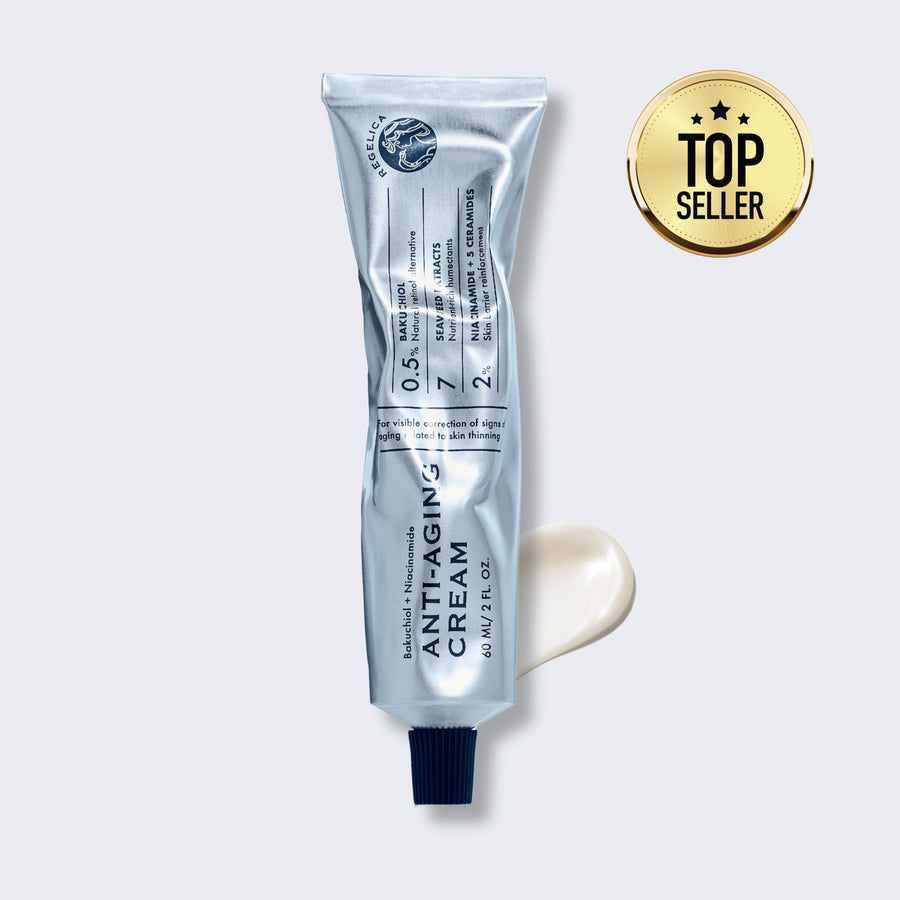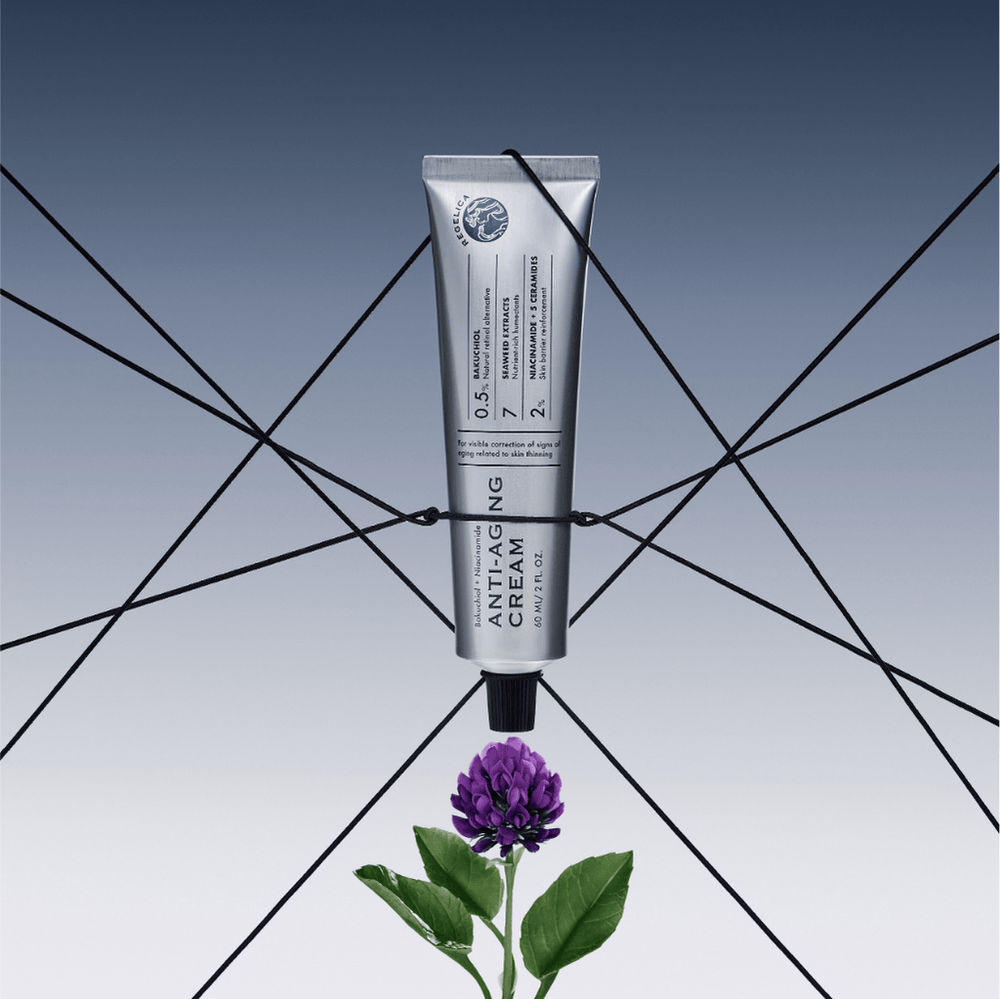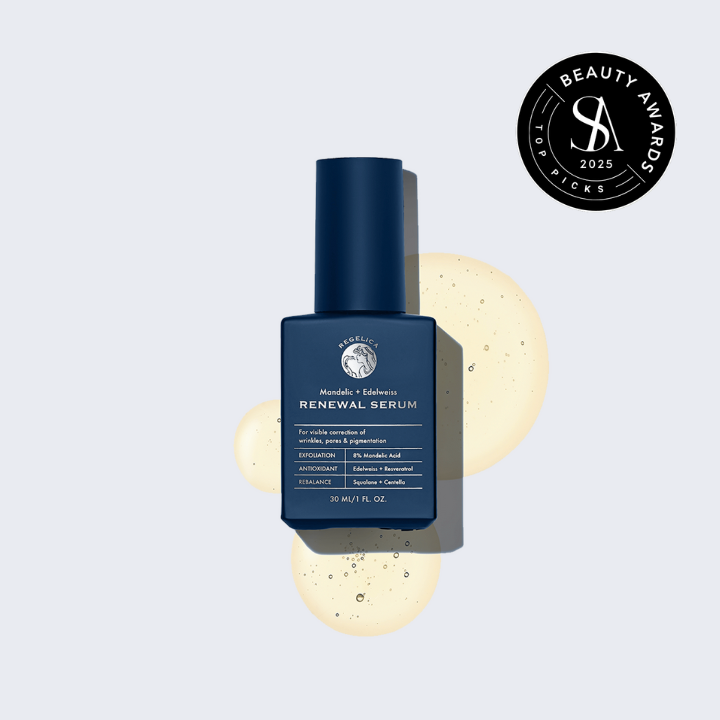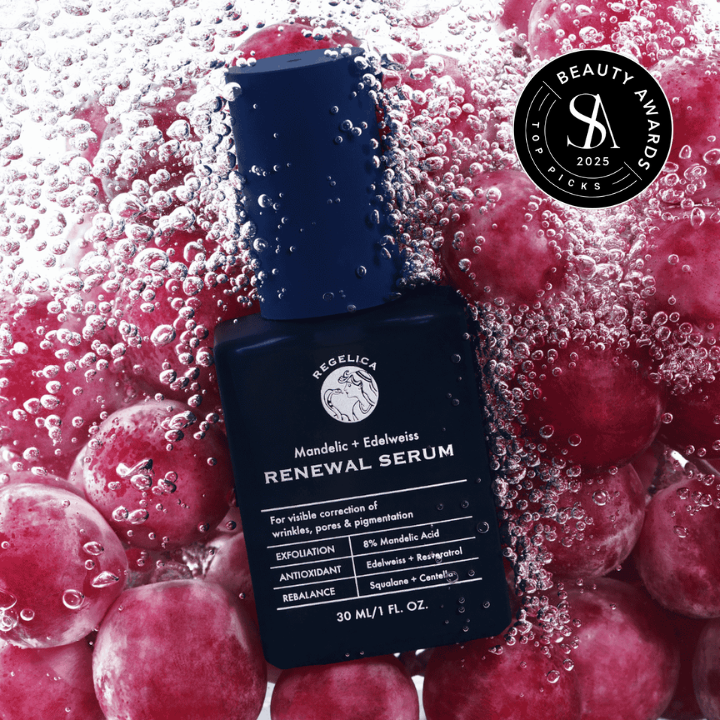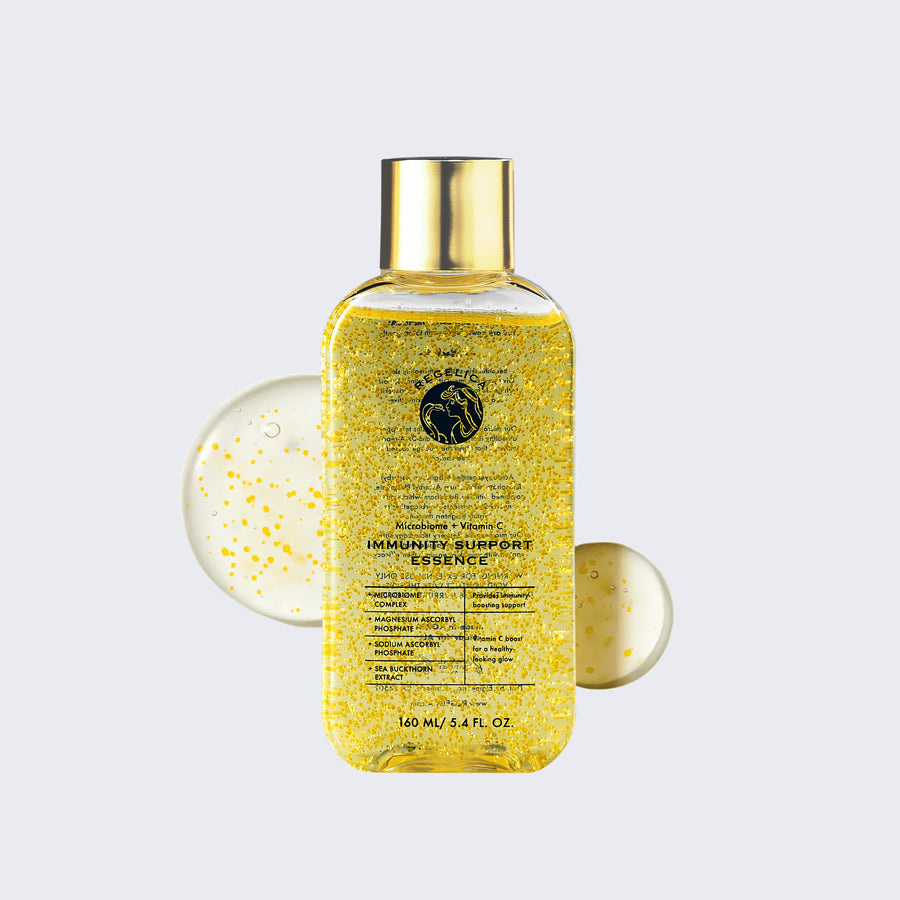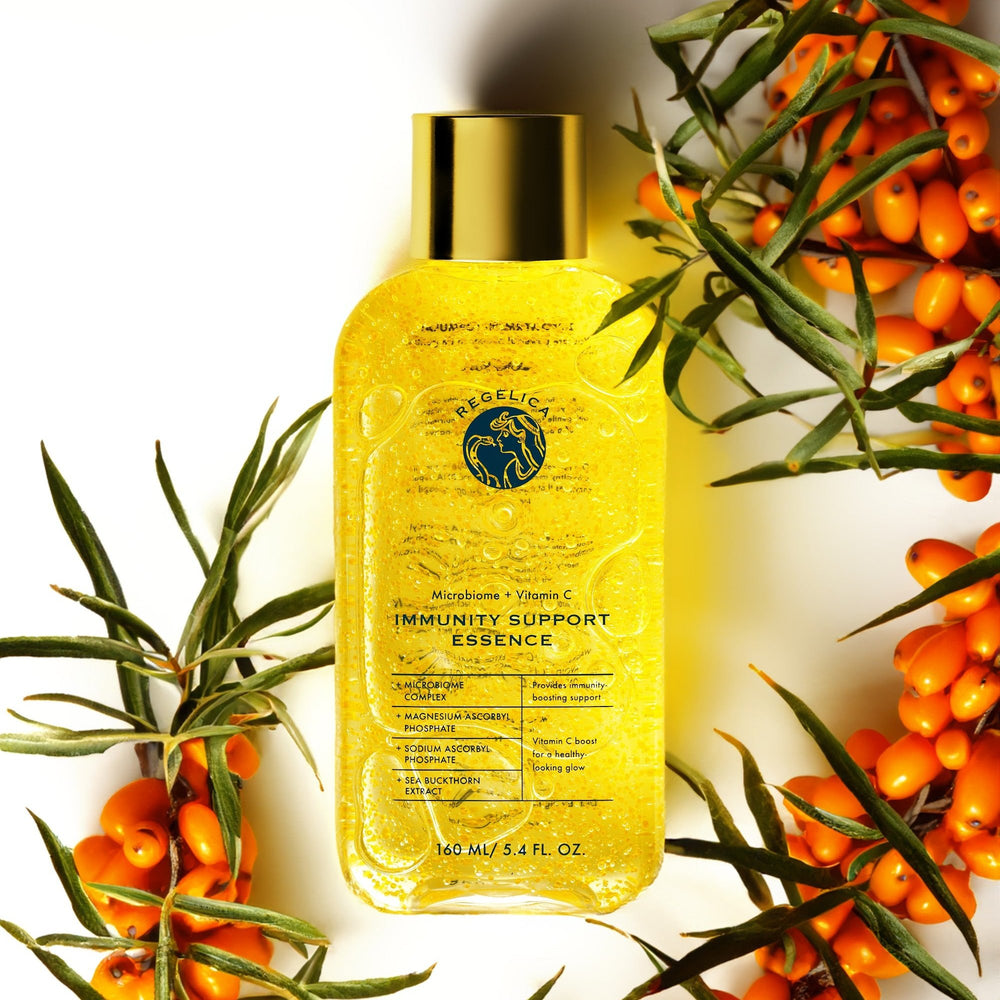5 Korean Skincare Beliefs
Korea is, without a doubt, at the forefront of the beauty and skincare industry. The numbers speak for themselves. South Korea has become the world’s third-largest exporter of cosmetics, only behind France and the United States.
If you are into K-dramas, you will understand that appearance is very important in Korean culture. The internal market for beauty products and surgeries is very competitive, and competition is often a big driver of innovation and technology. Therefore, the Korean beauty industry is years ahead of North American brands.

“Many of the latest innovations in the beauty industry are coming out of Korea thanks to the best-in-class research labs and technological infrastructure,” says Myeongdeok Seo, a Korean skincare chemist. BB creams, new-generation SPF filters, and double cleansing all originated in Korea. Many American and European beauty conglomerates also formulate and produce some of their products in Korea.
The Korean beauty industry has acquired a huge army of fans and followers. As with every popular phenomenon, there are a lot of beliefs regarding Korean skincare.
1. Korean skincare only works for Asian skin.
According to “Skin Aging Atlas” by Roland Bazin, there are significant differences in the aging process for Caucasians, Asians, and African-Americans. Asian skin has a thicker dermis and is less prone to skin thinning, wrinkles, deformation of facial contours, and sagging. That’s why we often have the impression that Asians don’t age. Different aging types require different skincare approaches, and most Korean products target the internal market first.
At Regelica, we are inspired by age-resistant Asian skin. We want to empower global women to have “thick skin” that is resistant to aging and resilient to any challenges, so we’re leveraging Korean technology and innovation to create such products.
2. Korean skincare is cheap.
You can find many Korean skincare products that have similar ingredients to products from France and the U.S. but at a more affordable price. It’s true that most Korean skincare relies less on marketing than French and American conglomerates, and more on product quality that gets its traction through strong word-of-mouth.
However, the price of the products should always correlate with the technology, ingredients, and innovation of the product. Supercharged formulas with innovative ingredients at high concentrations come at a price.
- Bakuchiol has shown similar skin benefits to retinol, but without the irritation and photosensitivity that are often associated with retinol use.
- Coconut-derived cleansing agents are less irritating than SLS and sulfates used in most modern cleansing products.
- Edelweiss extract (LACCE) has twice the power of vitamin C and is a potent alternative for people with sensitive skin that can’t tolerate vitamin C products.
These innovative ingredients are costly. Many skincare companies are hesitant to invest in the research and development needed to improve skincare formulations and instead pick the ingredients that are already familiar to customers.
It also costs more to develop formulas that cover several functions. For example, Regelica’s Mandelic + Edelweiss Renewal Serum exfoliates, provides antioxidant protection, and hydrates the skin simultaneously. With such multitasking products, you don’t need to have many steps in your routine to address the multitude of skin concerns. By opting for a high-end potent serum and moisturizer, you would end up saving.
3. Korean skincare routines have multiple steps to follow.
K-Beauty started a trend with its 10-step routine, born from the South Korean obsession with glass skin that is glowing, plump, and smooth. With so many steps—toner, essence, serums, masks, etc. - Koreans add many layers of hydration that help them to achieve this healthy look.
A multi-step routine has its benefits. Double cleansing with oil-based and gel products removes makeup and cleans pores without stripping the skin barrier. Moisturizers help to lock in moisture after serum application.
However, if you incorporate actives in your skincare routine, it’s best to find multi-tasking products where various ingredients don’t cancel each other but work synergistically. For example, our 0.5% Bakuchiol + 2% Niacinamide moisturizer, has an elegant formula that helps visibly improve skin density, reinforce the skin barrier, and prevent transepidermal water loss all at the same time. You could use a niacinamide toner, bakuchiol serum, seaweed cream, and ceramide moisturizer instead, but you would risk stacking non-active filler ingredients on top of each other, possibly mixing ingredients that are not compatible and causing irritation.
Also, who has time for a 10-step skincare routine? The more complex, the less likely you’ll stick to a routine.
4. Korean skincare doesn’t have potent actives.
Korean products are known to be very gentle and tend to avoid active ingredients that cause irritation. For this reason, you would rarely find potent retinols and acids that are popular in Western countries. This is surprising to many U.S. and European dermatologists since there are many research and clinical studies proving that these ingredients help to “thicken the skin” by stimulating collagen (but often at the price of irritation). From the #1 belief, we’ve learned that Koreans already have thicker dermis. Why would they risk irritating their skin if they don’t have the type of aging that involves thinning skin?
With Regelica, we wanted to create products that would bring powerful anti-aging results to people of all skin morphologies around the world by respecting the Korean gentle approach. We get there by leveraging the latest skincare research and finding gentler alternatives to traditional anti-aging powerhouses. For example, we use bakuchiol in our Moisturizer which shows similar effects as retinol without irritation or photosensitivity. For the Renewal Serum, we picked Mandelic acid, the gentlest of AHAs, and powerful edelweiss extract to merge the exfoliation and antioxidant functions in one product that is kind on your skin.
5. Korean skincare is too gentle to be effective.
Korean skincare products are often tailored to the needs of Korean women who prioritize hydration in skincare rather than highly active anti-aging ingredients. While these products successfully cater to the demands of Asians, it is important to note that this approach may not be suitable for all women.
At Regelica, we are trying to tear down this belief.
Innovation never stops. We don’t use charcoal to clean our teeth anymore. Gentler and more efficient skincare ingredients appear every day.
Balance is one of the key pillars of our formulations. As we incorporate potent actives, we make sure to balance them out with herbal extracts. Seaweed, centella, mugwort, and turmeric are just a few examples of a large repertoire of natural ingredients that help boost the nutrient and antioxidant portfolio of our products while providing soothing and healing benefits.
Change takes time. Persistence and consistency are the secrets to any success story. To help you stick to your anti-aging routine, we made sure that you see immediate effects from each of our products: healthy glow, comforting hydration, and plumped complexion. When you enjoy your skincare routine, it’s so much easier to make it a habit and get empowering results!





